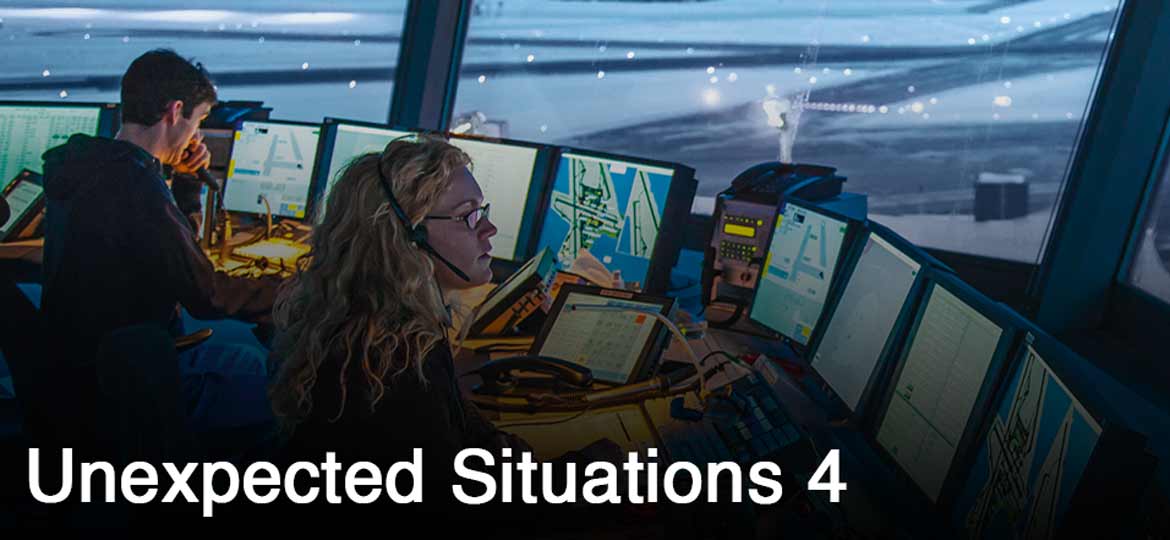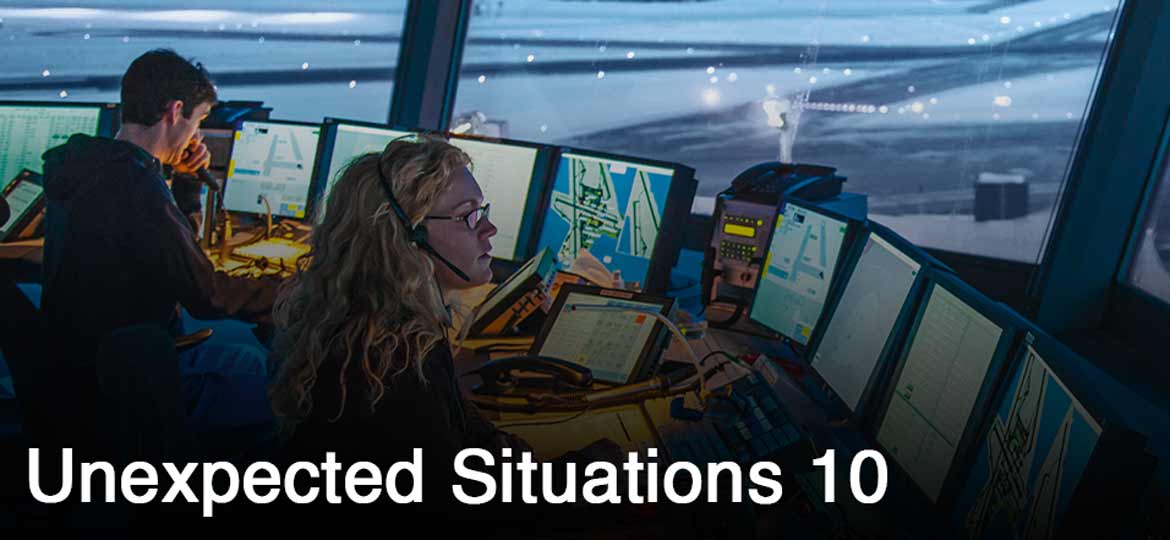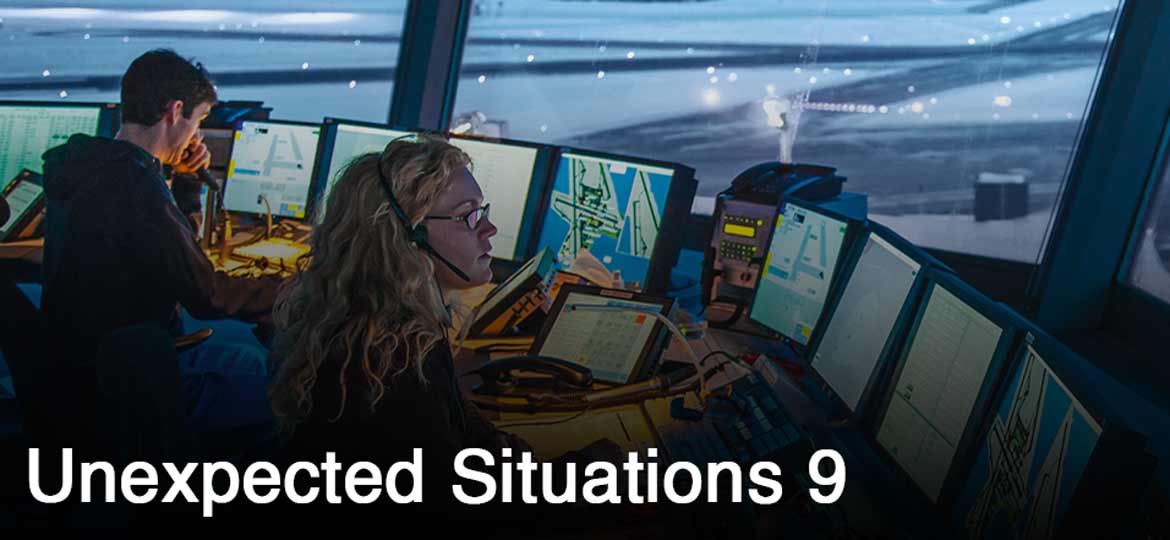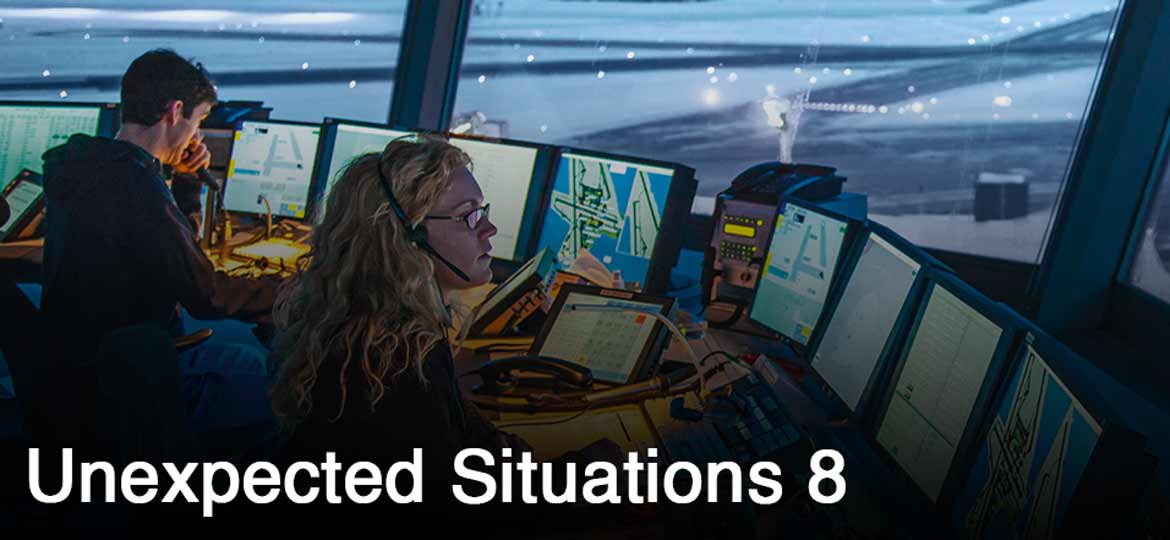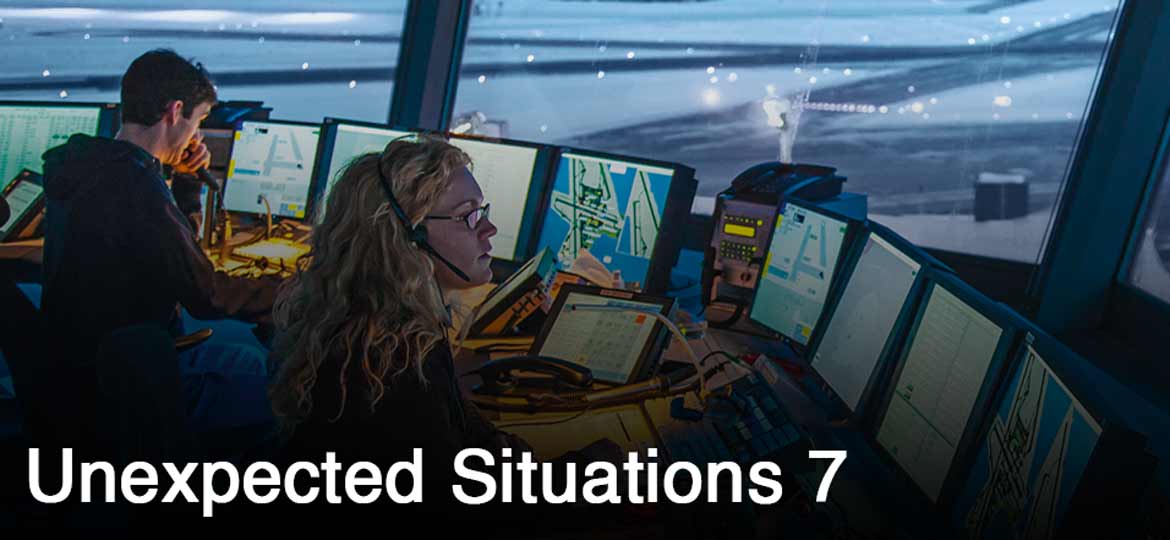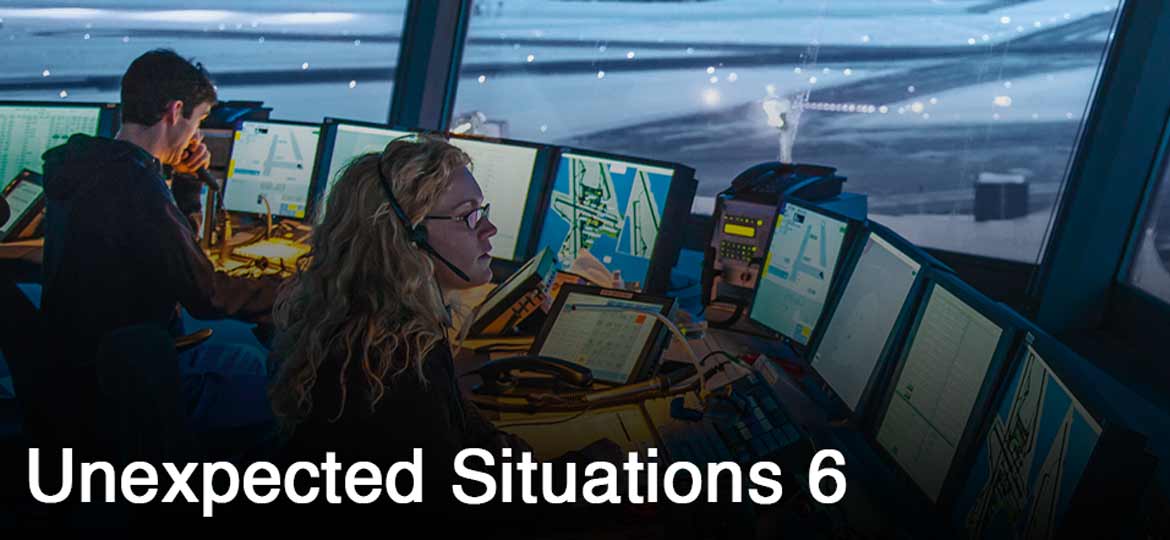Part 3: You will listen to three different communications between pilots and air traffic Controllers. The recordings will be played twice. there is a five-second pause before the recording is repeated. After listening to the recording, you should tell everything that the pilot and the controller said.
Situation 1
Pilot
ATC
Now tell me, in your own words, everything that the pilot and the controller said.
Suggested Answer
What are the risks while performing an emergency descent?
Suggested Answer
Emergency descents call for immediate actions that demand prompt and precise decision-making, exceptional airmanship, and a thorough understanding of emergency procedures, which are got hold of through intense, exhausting, and repetitive training.
However, there are inherent risks associated with such a rapid descent. Some of the risks include:
Structural Stress;
Aerodynamic Loads;
Crew and Passenger Safety;
Traffic, terrain and Obstacle Clearance;
Weather Hazards;
Among others…
Situation 2
Pilot
ATC
Now tell me, in your own words, everything that the pilot and the controller said.
Suggested Answer
What are the leading causes of engine vibration?
Suggested Answer
Engine vibration in an aircraft can be caused by various factors. Identifying and addressing the leading causes of engine vibration are crucial for ensuring the safety and optimal performance of the aircraft. Some common causes of engine vibration include:
Imbalanced Components;
Misalignment;
Worn or Damaged Parts;
Propeller or Fan Blades Issues;
Among others…
Situation 3
Pilot
ATC
Now tell me, in your own words, everything that the pilot and the controller said.
Suggested Answer
What are the consequences when the engine oil pressure drops?
Suggested Answer
A drop in engine oil pressure can have serious consequences for an aircraft. Engine oil is crucial for lubricating moving parts and reducing friction, heat, and wear within the engine. When oil pressure drops, it indicates that there might be an issue with the lubrication system, which can lead to various problems, such as:
Increased Friction;
Overheating;
Engine Damage;
Reduced Engine Performance;
Increased Emissions;
Among others…
Now, considering the three situations you have heard in part three:
How would you compare them? You may want to compare them in terms of severity, possible solutions and ways of prevention. Which one do you think is the most difficult to deal with? Why?
Suggested Comparison Answer
By looking into the three situations, it’s clear the situation NUMBER ONE, uncontrollable fire, IS THE MOST DIFFICULT AND DANGEROUS EVER because fire on board is always a critical situation to deal with and it can consume the aircraft quickly, especially when it comes to be an uncontrollable fire, as the crew members are not able to to put out the fire, and therein lies the major problem!
Other than that, the fire may produce quite toxic smoke which can affect directly the health of everyone onboard and therefore, pilots have to take quick actions to carry out an emergency landing immediately.
In some cases, even a fatal accident can happen because the crew may not have enough time to reach an airport for assistance.
To prevent fire on board, I think companies should invest in better training for cargo handlers to learn how to efficiently handle dangerous goods and properly arrange them in the cargo hold, as well as, providing a regular preventive maintenance checks.
SITUATION NUMBER 3, GOING THROUGH A LOW OIL PRESSURE IS LESS CRITICAL THAN SITUATION NUMBER 1, but it is still really hazardous.
Unexpected situation like this, calls for an immediate action, including an emergency descent, as a low oil pressure issue can bring about a series of undesirable things, ending up in a still more cumbersome situation, since a total hydraulic failure to an engine failure.
Although the pilots had priority to land, they were carrying dangerous goods on board, consequently there would be a risk during the landing.
Furthermore, the airport would have to provide fire services on stand-by to be used just in case.
To mitigate a situation like this, the best procedure is providing a regular and preventive maintenance.
AND LAST, BUT CERTAINLY NOT LEAST, SITUATION NUMBER 2, COMING ACROSS WITH HEAVY VIBRATION IN ONE ENGINE IS ALMOST SIMILAR TO SITUATION NUMBER 3.
In the case of heavy vibrations in the engine, the pilots would probably cut off the affected engine, nevertheless, they still have another engine remaining, and they could safely reach the nearest suitable airport. However, it’s not that simple a situation to manage as we might think.
Moreover, I know that the pilots are trained to handle emergencies and have specific procedures to follow when facing such scenarios.
To mitigate this situation, the best procedure is to provide regular and preventive maintenance as well.
Se você gostou desse post do Call to Fly, divulgue utilizando os canais de Mídia!!
Abraço!! Rumo ao topo!
Leandro Araujo
